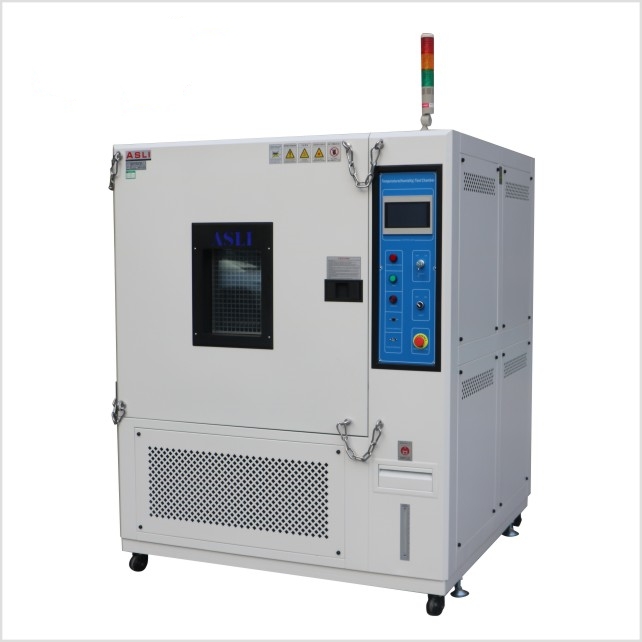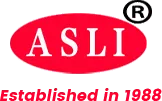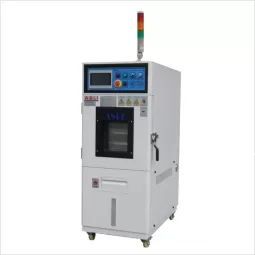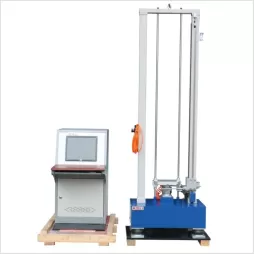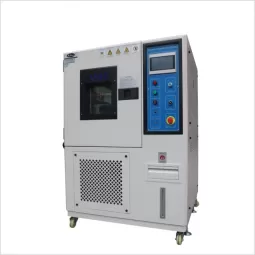With the rise of lithium battery testing demands, battery explosion-proof chambers (often integrated with temperature and humidity test functionality) are becoming essential for R&D and quality assurance labs. This guide walks you through the key specs, supplier vetting, and risk control strategies when sourcing from China.
I. Core Parameters and Technical Evaluation Criteria
Explosion-Proof Performance & Structural Design
Material: Prefer SUS304 stainless steel or ≥2mm cold-rolled steel with inner flame-retardant layers.
Pressure Relief System: Include automatic relief doors (≥300×300mm) and smoke-compliant exhaust units.
Safety: Explosion chains, dual-seal doors, and optional fire suppression systems are standard.
Temperature & Humidity Control
Temperature Range: -40°C to +150°C, fluctuation ≤±2°C, uniformity ≤±3°C.
Humidity Range: 20%-98%RH, accuracy ±5%RH. Ideal for cyclic damp-heat testing.
Ramp Rate: 1–3°C/min. Avoid higher unless required.
Compliance & Certification
International: UN38.3, IEC 62133 are essential.
China: GB 31241 and GB/T 31485 standards must be met.
Factory: Prioritize ISO9001-certified manufacturers; CE is vital for EU markets.
II. Procurement Considerations
Supplier Screening
Ask for test reports (temperature uniformity, explosion-proof response).
Use video audits to inspect welding, door structure, and control systems.
Cost Management
Typical price range: 20,000–50,000 based on size/features.
Confirm if exhaust kits, cables, and taxes are included.
Quality Verification
Test temperature stability, humidity accuracy, and pressure relief function.
Use branded components like PT100 sensors and Tecumseh compressors.
III. Negotiation Strategies & Risk Mitigation
Technical Clauses
Include third-party test results as acceptance criteria.
Allow relaxed tolerances (e.g., ±5%RH) to reduce cost
Cross-Border Risk Control
FOB shipping with anti-shock and moisture-proof packaging.
Request CE (EU) or UL 1642 (U.S.) certifications.
IV. After-sales Service & Localization
Insist on English manuals and video installation guidance.
Arrange remote calibration every 6 months and stock consumables.
Ensure CSV data export and easy-use monitoring software.
V. Factory Compatibility & Installation Planning
Site Planning
Measure space: L×W×H (including ceiling height). Leave ≥80cm for maintenance.
Check access routes—if unit width > 90cm, plan for modular transport.
Cooling Tower & Piping
Cooling tower ≥1.5m from machine, 50cm maintenance clearance.
Air duct diameter Φ150–300mm, use steel sleeves for wall penetration.
Supplier Coordination
Ask for CAD layout or 3D model showing equipment and piping positions.
Contract must clarify who handles site rectification if non-compliant.
Special Scenarios
Use vertical/side-exhaust design in tight spaces.
If installing multiple units, leave 1.2× unit width gap; upgrade exhaust fans by 30% if shared.
Pre-installation Checklist
Verify: equipment width vs. doorways, ducts vs. beams, cooling drain vs. site drainage.
Final acceptance must test door angle ≥90° and duct wind speed ≥12m/s.
Conclusion
Chinese suppliers have matured in the production of explosion-proof test chambers, especially for lithium battery applications. Stick to core needs—temperature/humidity control, structural safety, and post-sales support. Use phased payment, demand test reports, and prioritize manufacturers with export experience and customization capability.
Need a professional supplier? ASLi Testing provides certified explosion-proof chambers tailored for battery R&D. Contact us via marketing@aslitesting.com.
